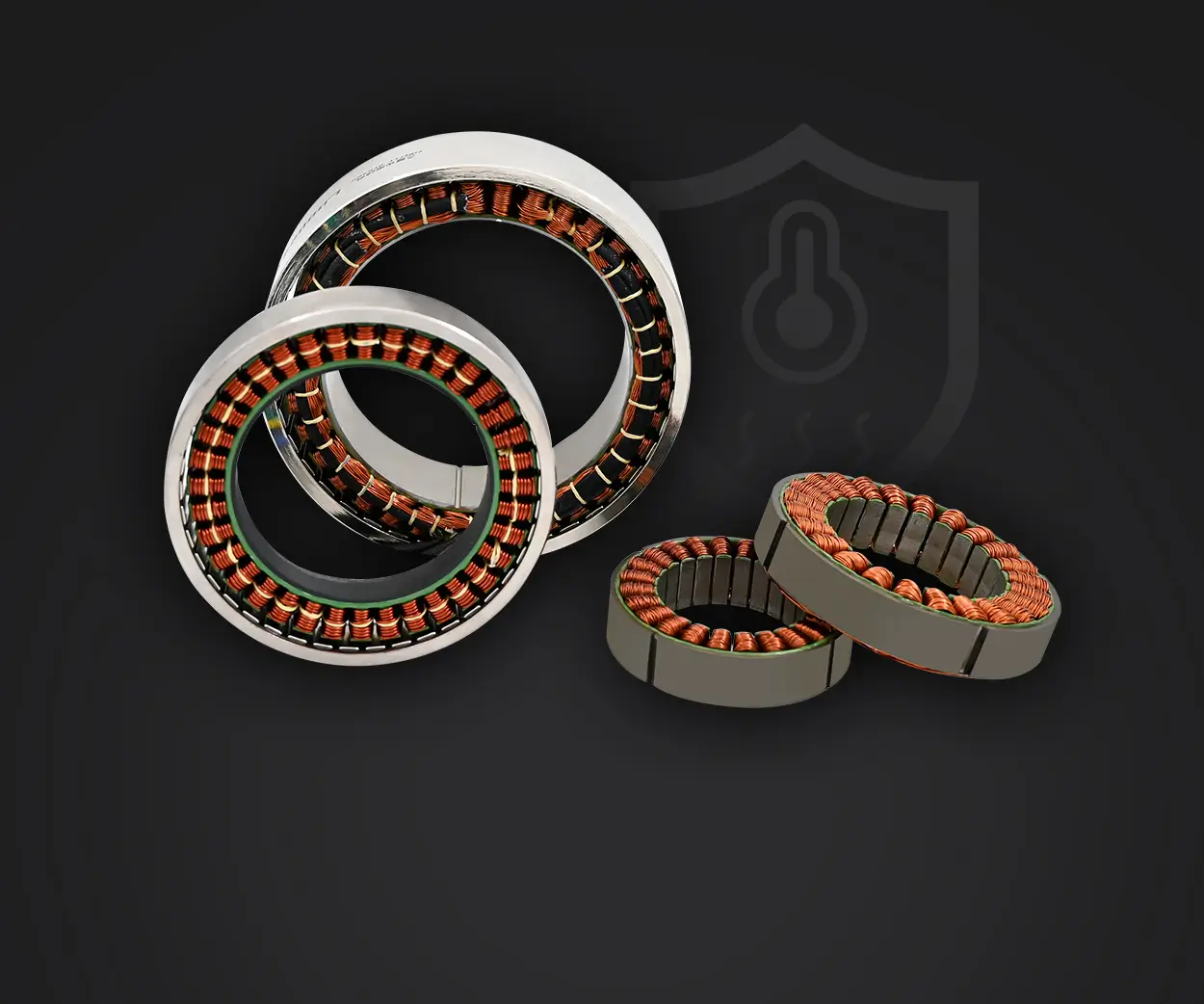part 1:
Understanding the Importance of Tension in Servo Motors
In the realm of automation, robotics, and precision machinery, servo motors stand out as the backbone of controlled movement. These intelligent motors are designed to translate electrical signals into precise mechanical motion, making them indispensable in countless applications, from robotic arms to drone controls. Yet, even with their advanced technology, one crucial factor often overlooked is the tension applied to the servo's components—particularly, how much tension should be on a servo motor.

At first glance, tension may seem like a simple concept—just enough to hold parts together or keep things moving smoothly. But in the context of servo motors, it takes on a nuanced, vital role. Insufficient tension can lead to loose connections, slippage, or inaccurate positioning. Excessive tension, conversely, can cause undue wear, overheating, or even catastrophic mechanical failure. Striking the right balance is essential for ensuring performance, longevity, and safety.
Why Does Tension Matter?
Servo motors are not just about spinning; they’re about precision control. The generated torque, the accuracy of positioning, and the overall lifespan of the motor are all tied to how the motor's internal and external components are tensioned. Tension affects various aspects:
Efficiency: Proper tension minimizes energy loss, ensuring the motor operates smoothly without unnecessary resistance. Accuracy: Consistent tension allows for precise position control, avoiding unwanted slack or tension-induced distortions. Durability: Both over-tensioning and under-tensioning can accelerate wear-and-tear on gearsets, bearings, and internal components. Safety: Proper tensioning prevents mechanical failures that could cause accidents, especially in high-stakes industrial or robotic applications.
What Components Are Affected by Tension?
Understanding which elements on the servo are sensitive to tension helps clarify why it’s so pivotal:
Gears and Gear Trains: The tension on gear meshes determines whether gears slip or grind prematurely. Belts and Pulleys (if present): Over-tensioning can stretch or snap belts; under-tension can reduce grip and cause slipping. Shafts and Bearings: Tension translates into radial or axial loads, impacting bearing wear and lifespan. Internal Springs and Torque Sensors: For servos equipped with springs or sensors, tension influences feedback accuracy.
How is Tension Usually Set?
The tension in servo motors isn’t a one-size-fits-all setting. Instead, it depends on the specific application, load conditions, servo type, and manufacturer recommendations. Typically, tension is adjusted through:
Mechanical Adjustments: Loosen or tighten nuts, bolts, or tension screws. Electrical Calibration: Fine-tuning via servo controller settings or software. Physical Components: Using springs, belts, or dampers that naturally set the tension during assembly.
At the heart of effective tensioning lies the balance: too tight, and stress accumulates; too loose, and control deteriorates. To achieve this, many technicians follow a systematic approach—testing, measuring, and adjusting—based on the task at hand.
Common Problems When Tension Is Incorrect
Misplaced tension manifests in various ways, often subtly at first, but worsening over time:
Sluggish or Erratic Movements: When tension is too loose, the servo might lag or hesitate before moving. Excessive Heat: Over-tension increases friction, raising temperature and risking damage. Part Wear and Tear: Excess tension accelerates gear and bearing degradation. Noise and Vibration: Improper tension can lead to noisy operation and vibration, disturbing calibration and precision. Servo Reset or Shutdowns: Some servo controllers have safety protocols that trigger shutdowns if tension-related issues are detected.
The Human Element: How Operators Can Ensure Proper Tension
Mastering tension isn't just about the equipment; it also relies heavily on the skill and knowledge of the operator. Regular training, thorough understanding of the machinery, and precise calibration protocols are key. Here are some tips:
Always consult the manufacturer’s datasheet or manual for recommended tension settings. Use calibrated tools—tension gauges, torque wrenches, or specialized tension meters. Perform incremental adjustments, testing performance at each stage. Keep a maintenance log documenting tension settings and observed outcomes. Incorporate routine checks into scheduled maintenance to prevent drift over time.
The Balance of Tension in Different Applications
Lastly, it’s worth mentioning that the ideal tension varies across applications:
High-precision robotics: Slight over-tension might be needed for stability, but not at the expense of smooth motion. Heavy-duty industrial machinery: Durability is key; slightly higher tension to withstand loads. Light-duty or delicate operations: Tension must be minimized to prevent damage or deformation.
Finding that perfect tension requires a tailored approach, blending technical precision with a feel for the machine’s unique needs. As we move into Part 2, we will explore methods to measure tension accurately, practical tips for setting it properly, and real-world examples illustrating how proper tensioning enhances performance and lifespan.
Established in 2005, Kpower has been dedicated to a professional compact motion unit manufacturer, headquartered in Dongguan, Guangdong Province, China.




































